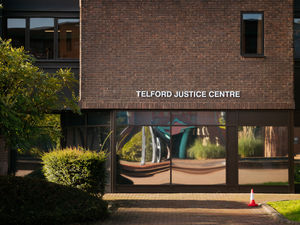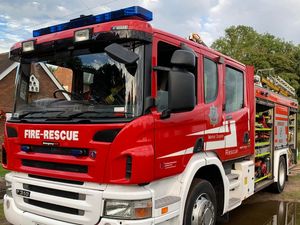Dreams that glory days will return to Telford's Donnington army base
News that Telford & Wrekin Council is backing an ambitious plan which could again see Donnington become one of the Ministry of Defence's most important sites has been welcomed.
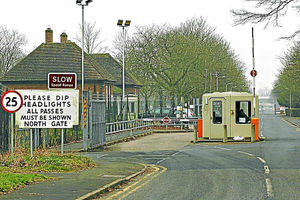
The need for a wartime base away from London which could keep troops around the world supplied with equipment changed the face of what is now Telford.
Donnington was a village on The Duke of Sutherland's Lilleshall estate, populated by miners and workers employed in the duke's foundries – and then the army arrived.
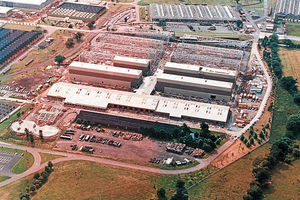
By the 1970s and 80s the base had grown to become one of the largest military stores in Europe, employing thousands of people across Shropshire.
In the past 20 years though, its military use has been scaled back and there have been repeated fears over its future and the jobs still based there.
Former MoD employee Liz Clare, who is also a parish and borough councillor, said: "Anything that brings in jobs into the area is great news for Donnington and Telford & Wrekin.
"I haven't seen the plans but it sounds wonderful.
"The council has been working really hard with MoD. It's important to bring in any sort of business.
"The MoD has been a huge employer for the area since being transfer here from Woolwich at the start of the Second World War.
"There may not be as many jobs here as there were 30 or 40 years ago but the area would be devastated if it ever left.
"If these plans secure more jobs for the area it would be brilliant news.
"I worked at the MoD in management and mother and father also worked there," she said.
"It was always very family orientated and many of flats in the area were built for employees.
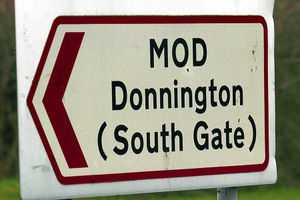
"There have been significant closures across the MoD over the last 10 years so it's great that Telford looks like the best place to expand," she added.
The base was first developed by the Army in the 1930s, with hundreds of houses built in the village to house workers who were relocated from other parts of the country, including the Woolwich Arsenal.
Despite regular conflicts, including Iraq and Afghanistan, the scaling down of British military activities and the reduction in the size of the army has brought about a subsequent decline in the depot's importance.
Its cause wasn't helped by two massive blazes which hit the base – one in 1983 and another in 1988.
The MOD is still facing compensation claims from people in the area who have since contracted illnesses related to asbestos which fell on the surrounding area in the ash from the 1983 fire, and disruption caused by both damaged Donnington's reputation and ability to fulfil its role.
The base has left an indelible mark on the Donnington area.
The Garrison Roundabout, just outside the main gate, is a stroking landmark with three large field guns displayed prominently. The former Naafi canteen survives as the home for the Little Theatre Company, which was formed out of the Donnington Garrison Amateur Operatic Company, and many of the huge storage warehouses remain on the site.
There has been one notable casualty though, after the popular Coddon (from COD DONnington) social club was demolished after falling out of use.

